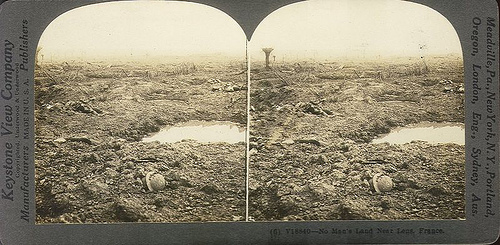In the 1850s, a girl contracted diphtheria while visiting Edisto Island, S.C. Amid fears of an outbreak, she was pronounced dead and hastily interred in a local mausoleum:
Some days afterwards, when the grave in which she had been placed was opened for the reception of another body, it was found that the clothes which covered the unfortunate woman were torn to pieces, and that she had even broken her limbs in attempting to extricate herself from the living tomb. The Court, after hearing the case, sentenced the doctor who had signed the certificate of decease, and the Major who had authorized the interment each to three month’s imprisonment for involuntary manslaughter.
(Reported in the British Medical Journal, 1877)


